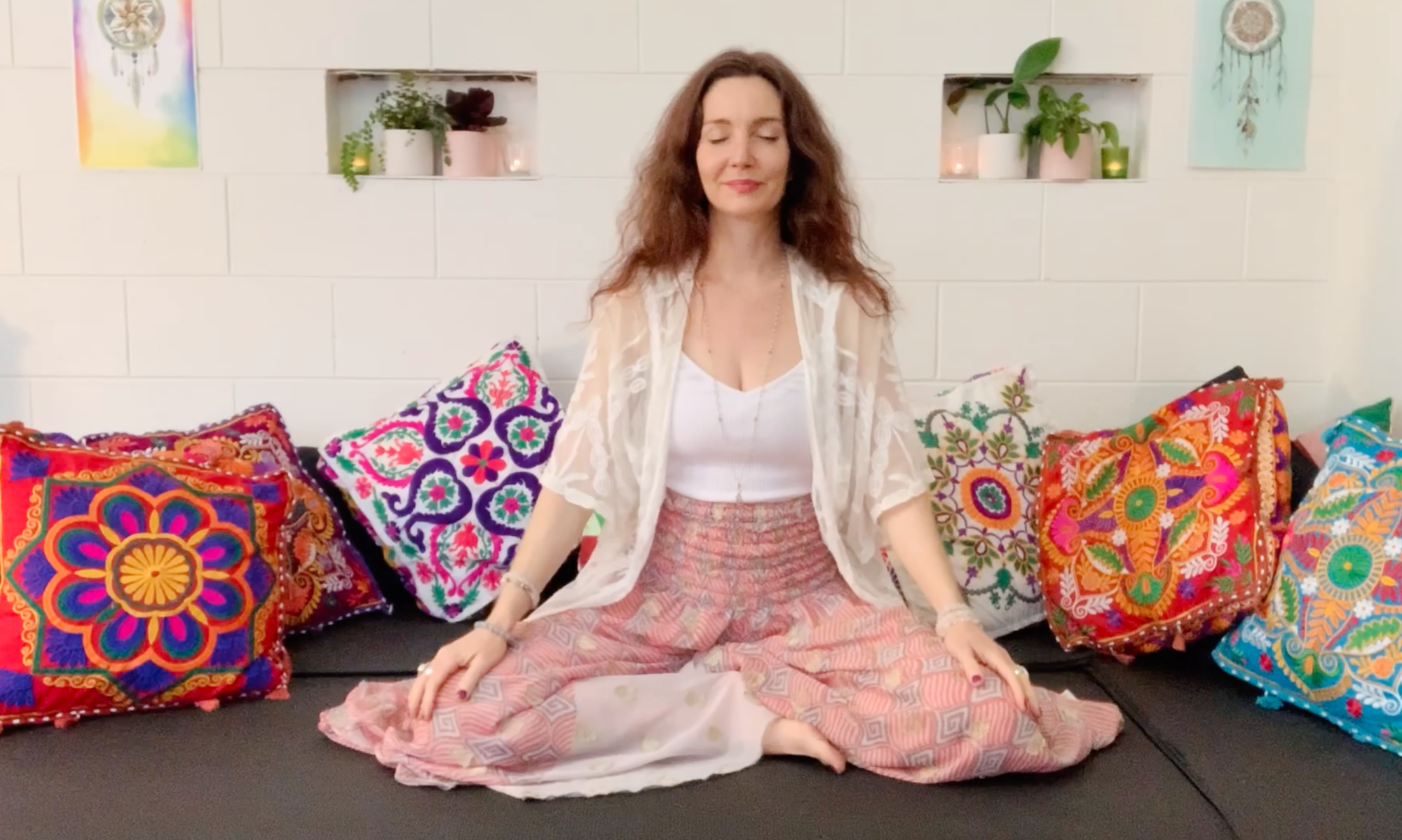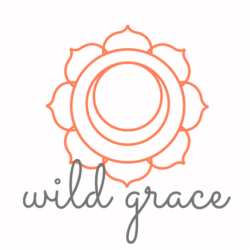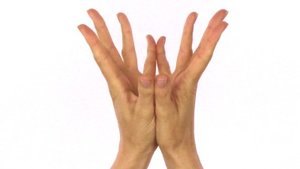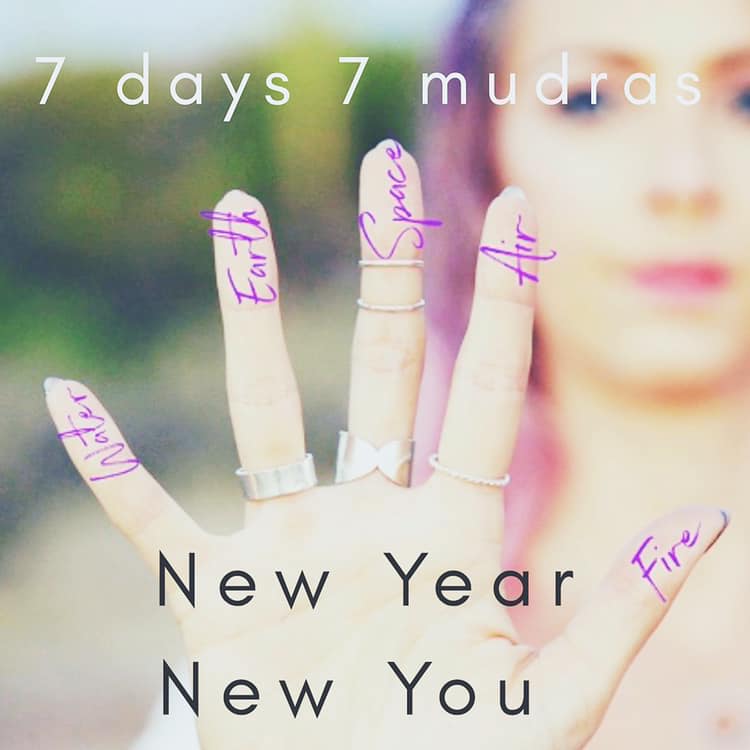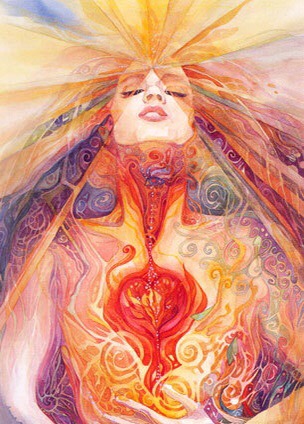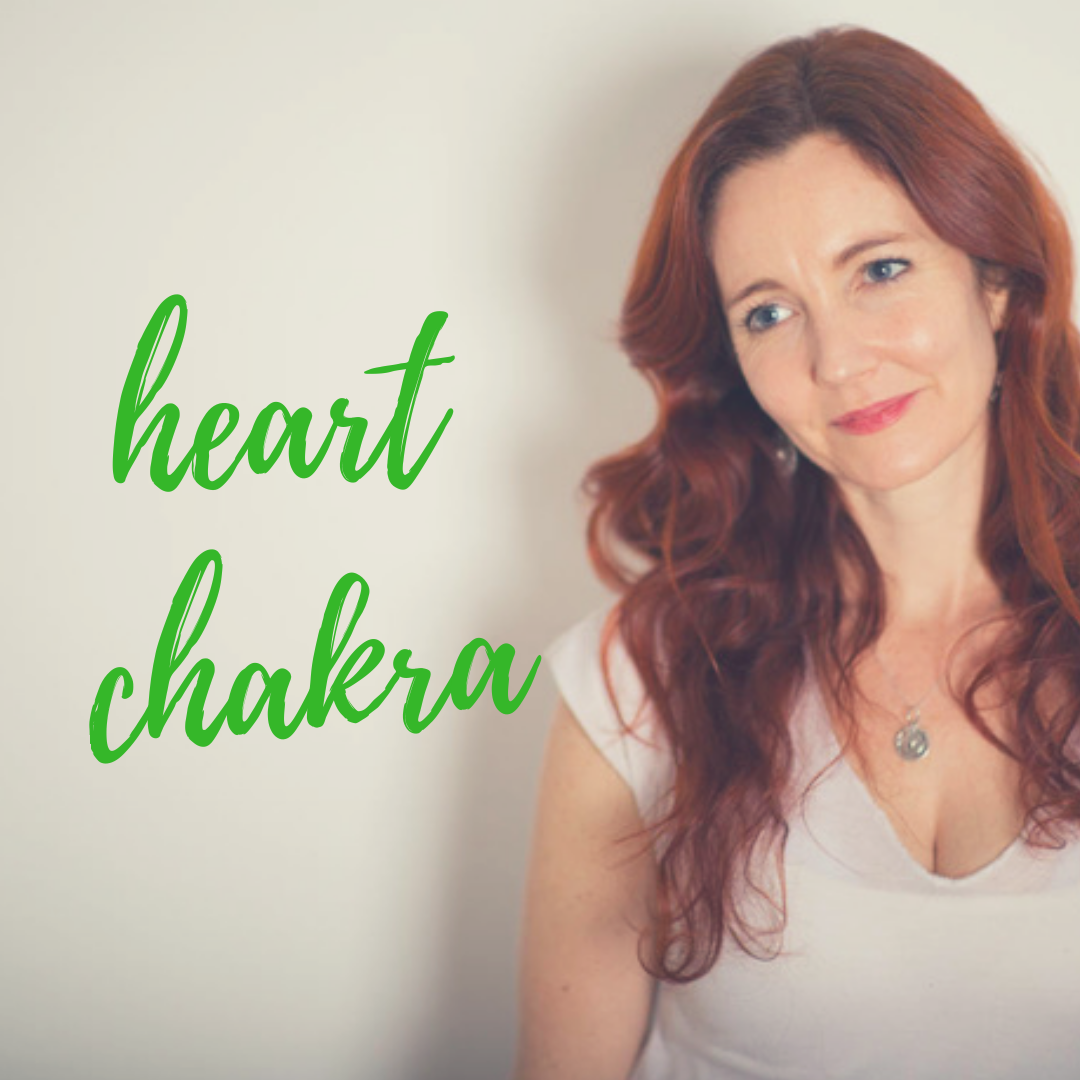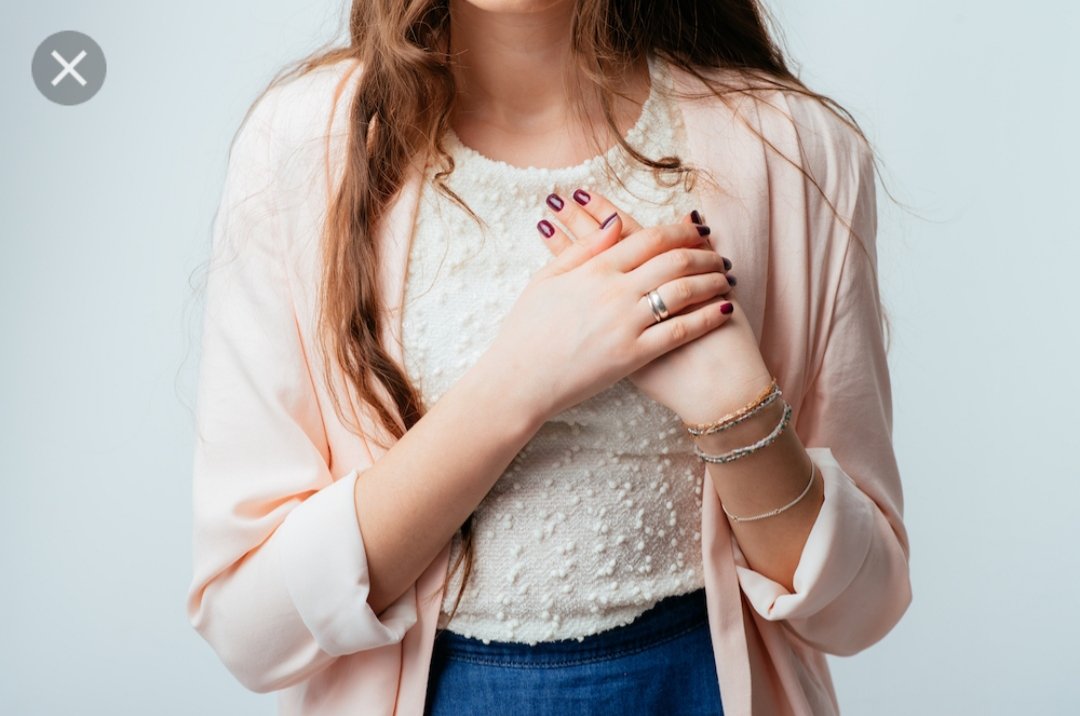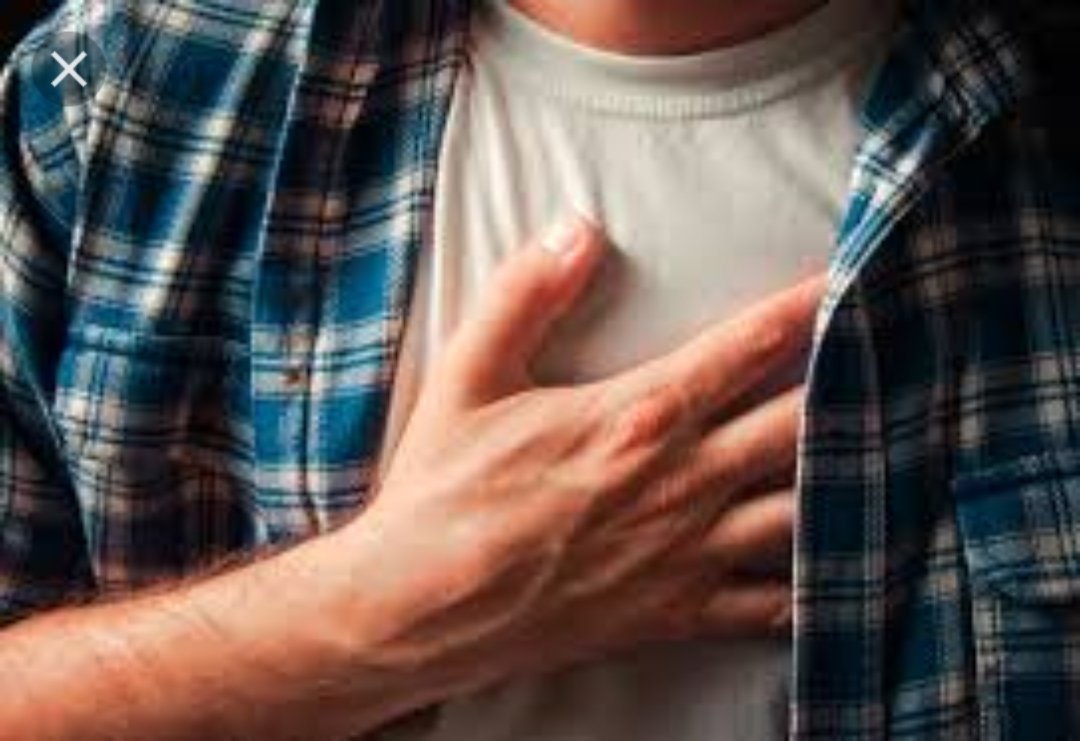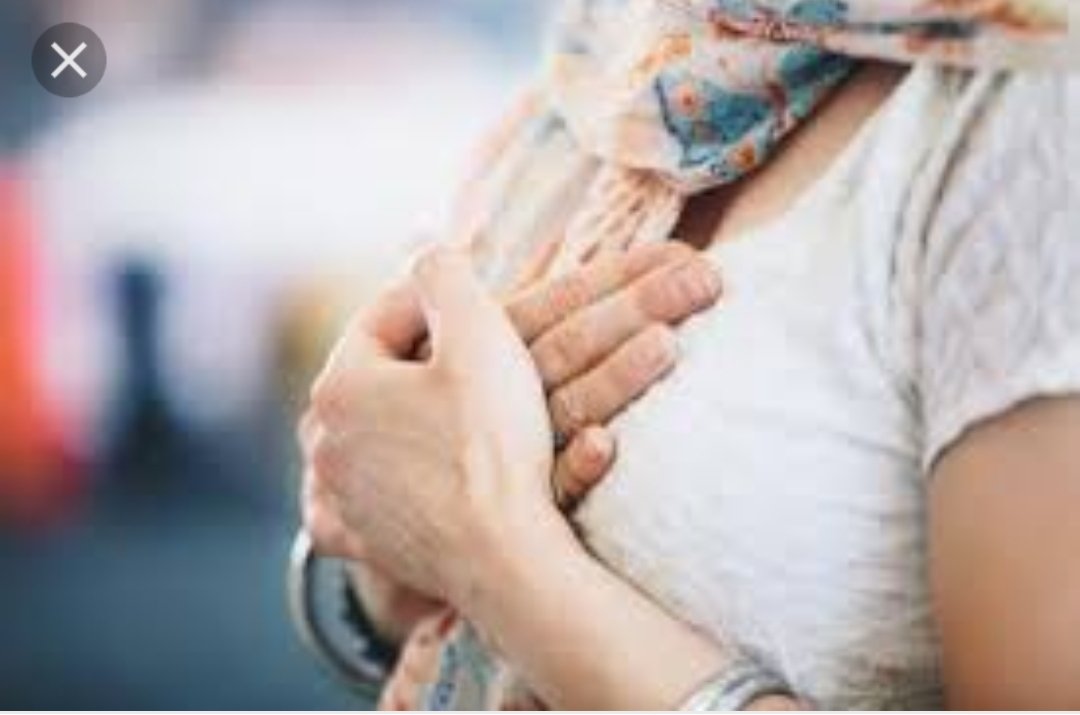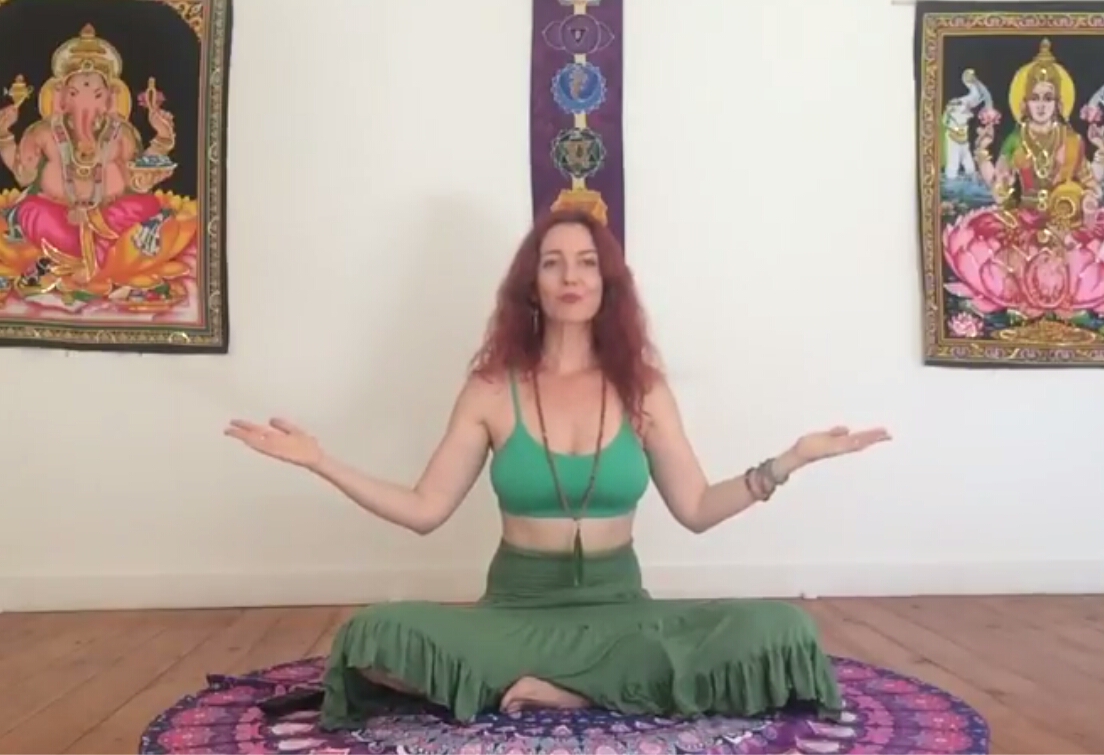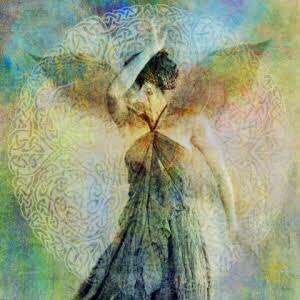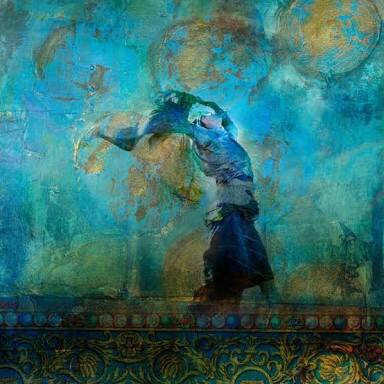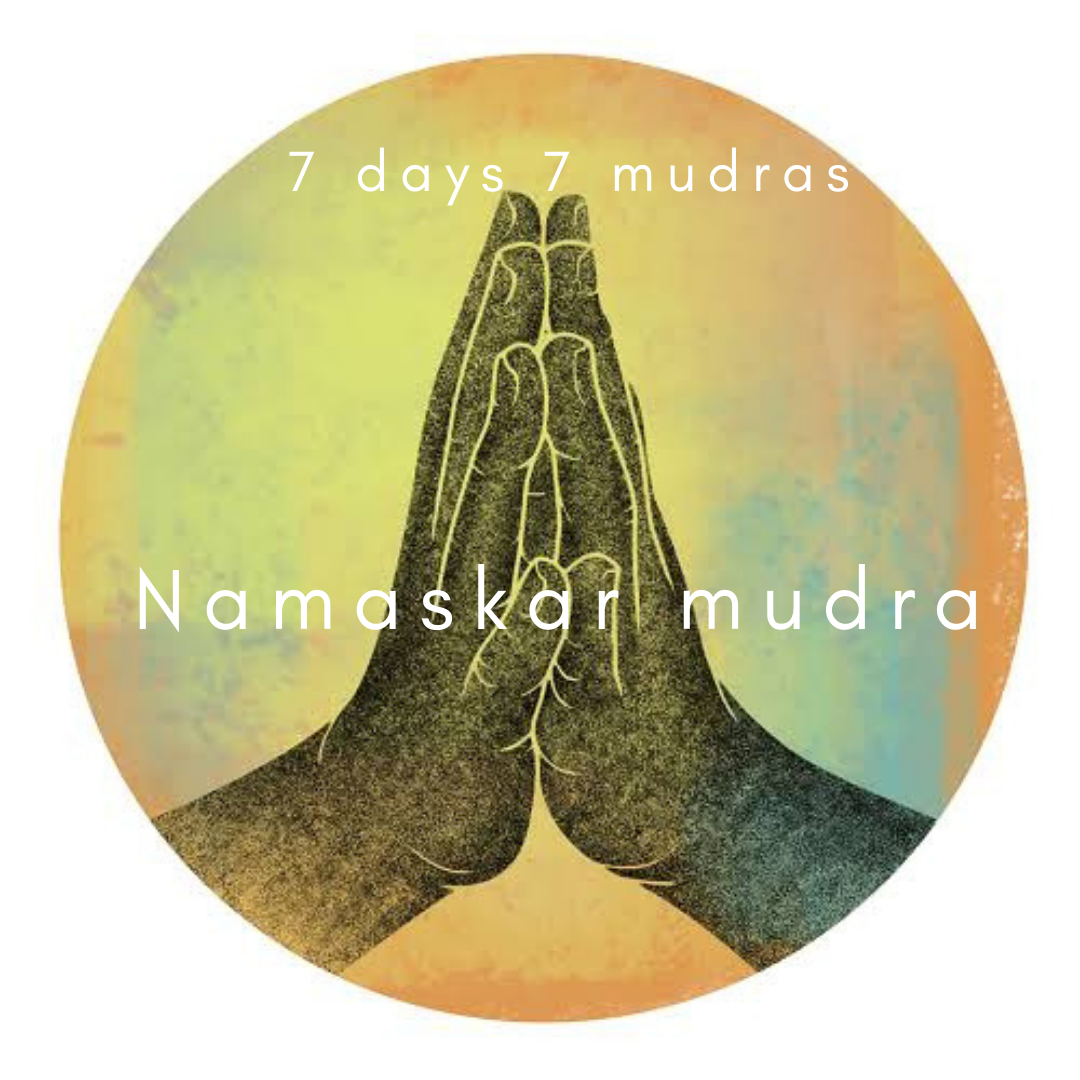
One of the powerful technologies I’ve learned is mudras. And I want share them with you because they are super-easy, you can do them anywhere and they work instantly.
Mudras are a tool to create certain energies within the body. My next chakra series gives you an introduction into working with mudras in your everyday life, to increase vitality, instantly create calm and work with the multitudes of health giving effects mudras bring to your body, mind and spirit.
The use of mudras, in the practice of yoga are a powerful tool for self-care and empowerment. With yoga the intention is to draw oneself inward. Mudras allow us to go inward and recharge our energy levels. The term mudra applies to the use of hand (also eye and full body) gestures that carry specific goals of channeling your body’s energy flow.
I like to think of it as our Sacred circuitry.
Join me for a 7 week immersion into your sacred circuitry.
Check out the upcoming Power Mudra + Chakra Yoga series here
NAMASKAR MUDRA
Practising Namaskar Mudra is an excellent way to induce a meditative state of awareness. It is a gesture of reverence, benediction, salutation.
The practice of Namaskar Mudra brings an experience of unity, sacredness, wholeness, and fullness of life. You are unifying the divine feminine and divine masculine. It creates harmony, balance, silence, and peace of mind.
HOW TO DO THE NAMASKAR MUDRA
Sit cross-legged (or any easy seated position), bring the base of the palms together at the heart centre, Press the hands firmly but evenly against each other. Make sure that one hand (usually your right hand if you are right-handed, your left if left-handed) doesn’t dominate the other. If you find such imbalance, release the dominant hand slightly but don’t increase the pressure of the non-dominant hand.
Bow your head slightly, drawing the crease of the neck toward the center of your head. Lift your sternum into your thumbs and lengthen down along the back of the armpits, making the back elbows heavy.
Close your eyes and take several deep, long breaths.
MUDRA PRACTICE
Although mudras show immediate effects, most need time 30-45 minutes (this can be spread throughout the day) over an extended period of time.
Practising Namaskar Mudra is an excellent way to induce a meditative state of awareness. Start your practice sitting in meditation in Namaskar Mudra for 5 minutes.
You can also use this hand position in Tadasana prior to beginning the Sun Salutation sequence, contemplating the “sun” or light of awareness that resides in your heart.
Surya Namaskar, Salute to the Sun, or Sun Salutation, is a yoga practice incorporating a sequence of gracefully linked asanas or postures. It is best done early in the morning on an empty stomach.
Surya Namaskar practice video
BENEFITS
By doing the Namaskar Mudra (joining of palms), a greater level of Divine consciousness is absorbed into the body. All the elements are connected and balanced as well as balancing the masculine and feminine energies.
The practice of Namaskar Mudra brings an experience of unity, sacredness, wholeness, and fullness of life. You are unifying the divine feminine and divine masculine. It creates harmony, balance, silence, and peace of mind.
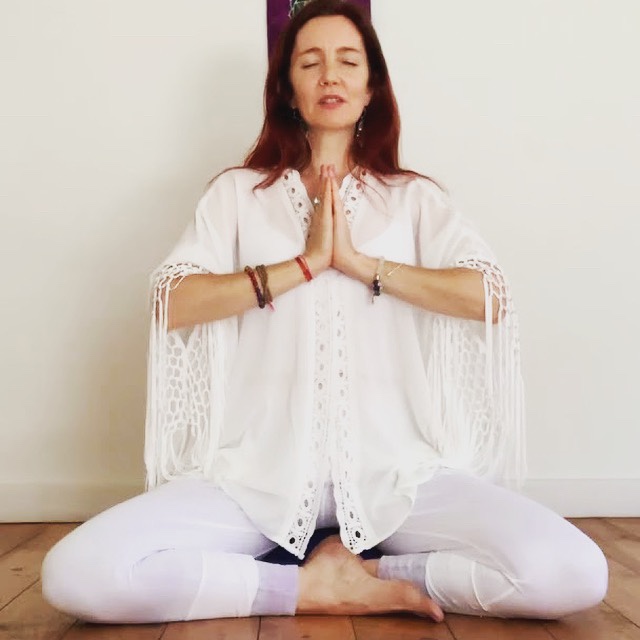
WHAT ARE MUDRAS AND WHY ARE THEY POWERFUL?
In Sanskrit, mudra means “seal”, “mark” or “gesture.” Mudras are gestures (often of the hands but in Sattva Yoga we also use mudras of the eyes and tongue, and other body techniques).
Mudras act as psychic energy seals that create energetic shifts in the mental, physical and energetic body through guiding the energetic flow and harnesssing the bodily reflex stimulus to the brain.
The tips of your fingers, crown of your head, and feet are where energy leaves your body. You can practice mudras to channel that energy back into your body.
THE ELEMENTS OF THE HAND
The hand has three gunas, or qualities, and every finger has its own energy and its own elements.
In yogic philosophy the three gunas, fundamental forces, are tamas, rajas, and sattva. They interact to create all of the known Universe (Prakriti), and can be increased or decreased by using mudras.
Sattva manifests as balance, inspiration, and knowledge of what is real. Tamas is a heavy, mindless energy that causes ignorance and inaction. Rajas is the energy of change, manifesting as passion, pain, desire, and effort, and it can lead you to sattva or tamas but is often characterized as attachment to outcomes and unsteadiness.
Your hand has each of these three guna characteristics, and each finger is associated with an element.
Thumb Divine activator, Agni (Fire), Manipura chakra
Index Finger Individual Soul (Jiva), Vaayu (Air), Anahata chakra
Middle Finger Sattva Guna (Purity/Light), Akasha (Ether/Space), Vissuddha chakra
Ring Finger Rajas Guna (Passion/Fire) Prithvi (Earth), Muladhara chakra
Little Finger Tamas Guna (Inertia/Darkness) Jal (Water), Swadisthana chakra
A MUDRA FOR EVERYTHING
You can use mudras to increase, decrease or stabilise the gunas and specific elements. Whatever you need in your life, there is a mudra for it!
Some mudras show immediate effects, yet most need time 30-45 minutes (can be spread throughout the day) over an extended period of time.
You may notice some of the names I use are different from what you may be used to. My teacher comes from the Himalayan yoga tradition and so I use the names as he teaches them. Teachers from other traditions may used varied terminology.
Mudras are a powerful component of Sattva Yoga as well as a technology you can use on their own.
Over the next 7 days I am going to share my favourite mudras with you. And talk about how mudras work and what they can do for you.
I recommend trying each mudra for a day and at the end of the 7 days, if you feel inspired, choosing a mudra to practice with daily for a 21 day meditation practice or sadhana.
Drop me a comment and let me know how you go. I love hearing stories of the effects of these subtle but powerful practices.
Hari om tat sat. Namaste. Blessings.
Christina at Raw Mojo
ॐ
One of the powerful technologies I’ve learned is mudras. And I want share them with you because they are super-easy, you can do them anywhere and they work instantly.
Mudras are a tool to create certain energies within the body. My next chakra series gives you an introduction into working with mudras in your everyday life, to increase vitality, instantly create calm and work with the multitudes of health giving effects mudras bring to your body, mind and spirit.
The use of mudras, in the practice of yoga are a powerful tool for self-care and empowerment. With yoga the intention is to draw oneself inward. Mudras allow us to go inward and recharge our energy levels. The term mudra applies to the use of hand (also eye and full body) gestures that carry specific goals of channeling your body’s energy flow.
I like to think of it as our Sacred circuitry.
Join me for a 7 week immersion into your sacred circuitry.
Check out the upcoming Power Mudra + Chakra Yoga series here
Check out upcoming Sattva Yoga and Chakradance classes here
